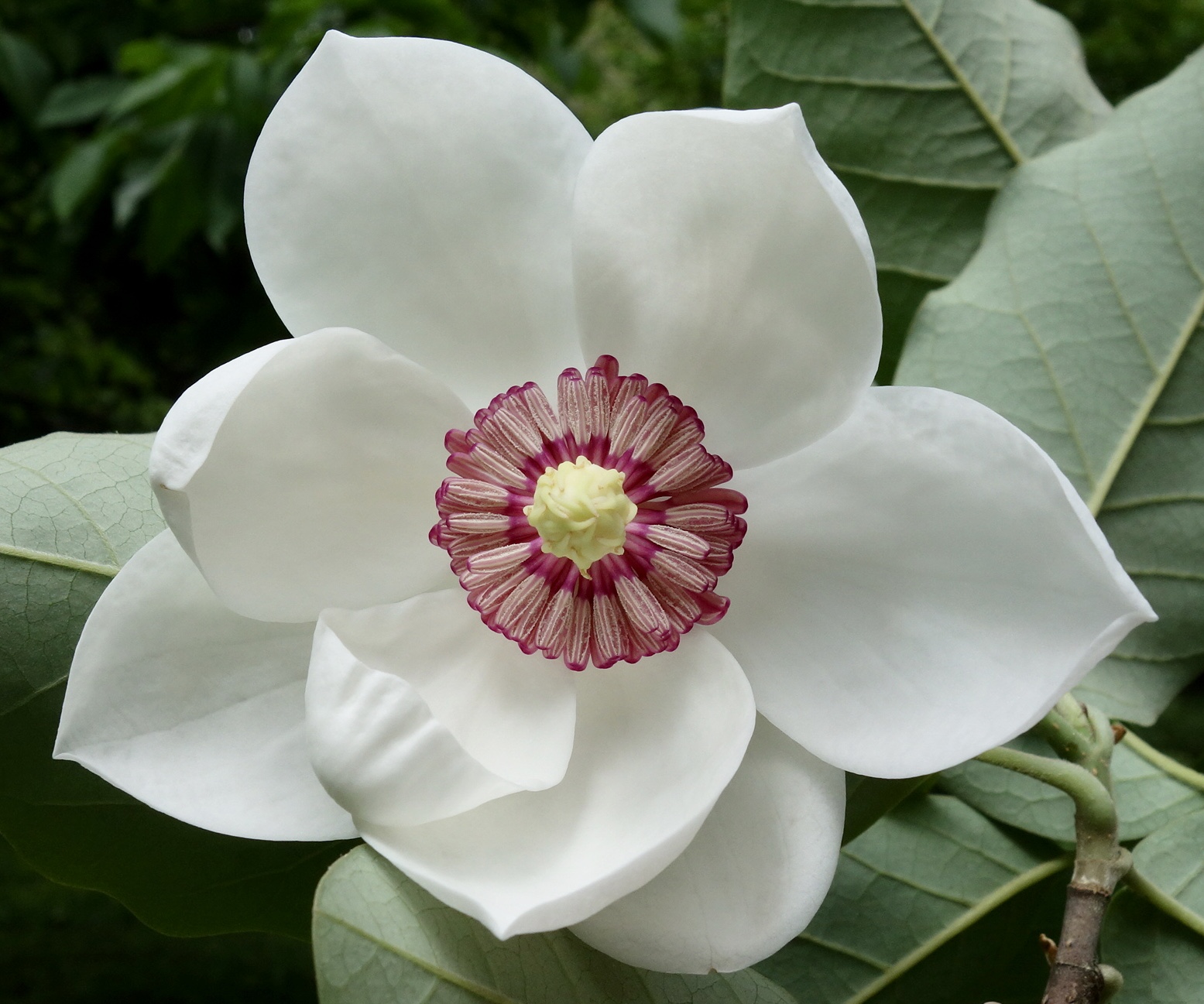How to Identify the 10 most common Genus of Trees
- Introduction to Tree Genus
- Broadleaf Trees Explained
- Coniferous Trees Explained
- Recognizing Fruit Tree Genuses
- Recognizing Ornamental Tree Genuses
- Palm Trees Explained
- Understanding Tree Diseases by Genus
- Impact of Seasonal Changes on Genus Identification
- Deciduous Trees Explained
- Genus Identification: Bark, Leaves, and Fruit
- Tree Age Determination by Genus
- Tree Care by Genus
- Wrap up and recap
Recognizing Ornamental Tree Genuses
Introduction to Ornamental Trees

Genus of plants.
Ornamental trees are a beautiful addition to any landscape, providing not only aesthetic appeal but also a variety of environmental benefits. This unit will introduce you to the world of ornamental trees, their characteristics, and their importance.
What are Ornamental Trees?
Ornamental trees are primarily grown for their decorative features, which can include flowers, leaves, scent, overall shape, or interesting bark. These trees are often smaller than typical forest trees, making them a perfect fit for urban and suburban landscapes. They can be used to enhance the beauty of gardens, parks, and streets, adding color, providing shade, and even improving air quality.
Characteristics of Ornamental Trees
Ornamental trees come in a wide variety of shapes, sizes, and colors, but they all share a few common characteristics:
- Size: Most ornamental trees are relatively small, typically reaching heights of 15-25 feet. This makes them suitable for smaller spaces where larger trees would not fit.
- Decorative Features: The main feature that sets ornamental trees apart is their decorative elements. This could be vibrant flowers, unique leaf shapes or colors, interesting bark, or a distinctive shape.
- Seasonal Interest: Many ornamental trees offer seasonal interest, meaning they have features that are particularly attractive during specific seasons. For example, some trees may have beautiful blossoms in the spring, vibrant foliage in the fall, or interesting bark that is visible in the winter.
Importance of Ornamental Trees
Ornamental trees play a significant role in enhancing our environment and improving our quality of life. Here are a few reasons why they are important:
- Aesthetic Appeal: Ornamental trees add beauty and variety to landscapes. They can provide color, texture, and form that enhance the visual appeal of any setting.
- Environmental Benefits: Like all trees, ornamentals help improve air quality by absorbing carbon dioxide and releasing oxygen. They also provide habitat for various species of wildlife.
- Mental Well-being: Studies have shown that being around trees can reduce stress and increase feelings of well-being. The beauty of ornamental trees can contribute to this effect.
Overview of Common Ornamental Tree Genuses
There are many genuses of ornamental trees, each with its unique features. Some of the most common ones include:
- Magnolia: Known for their large, fragrant flowers that bloom in the spring.
- Dogwood: Recognized for their beautiful blossoms, colorful fall foliage, and attractive bark.
- Japanese Maple: Valued for their stunning leaf color, which can range from deep red to bright gold.
In the following units, we will delve deeper into the different types of ornamental trees, including flowering trees, evergreen trees, weeping trees, and topiary trees. We will also discuss how to identify them and provide care to ensure they remain healthy and beautiful.